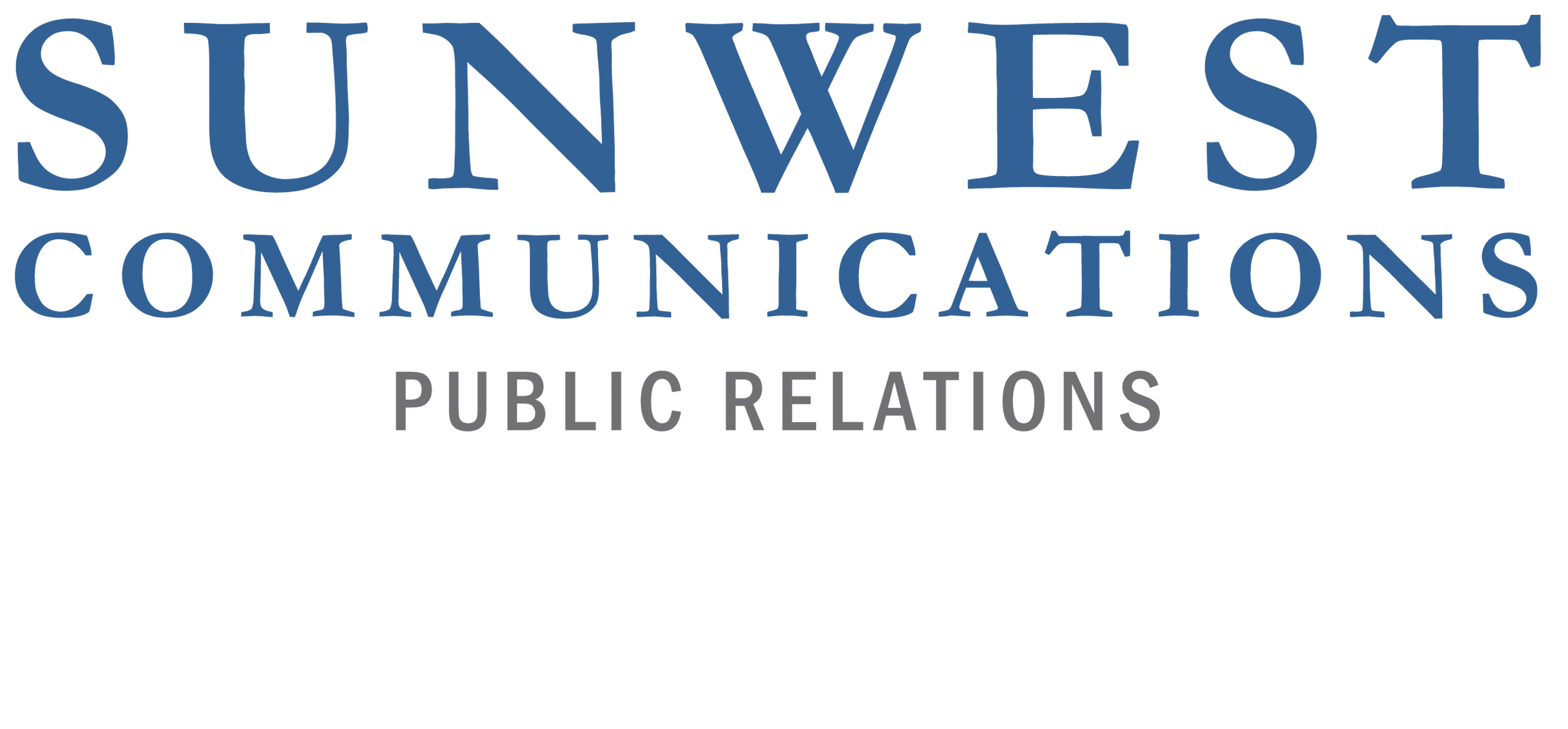Building a Community Safety Net Through Nonprofit Support
May 1, 2020Kristen Carter | Account Supervisor
 Nonprofit agencies who create an essential social safety net for our communities are being shattered with the loss of adequate and consistent funding. This problem is magnified as we find ourselves amidst the corona virus pandemic, when these organizations are needed now more than ever.
Nonprofit agencies who create an essential social safety net for our communities are being shattered with the loss of adequate and consistent funding. This problem is magnified as we find ourselves amidst the corona virus pandemic, when these organizations are needed now more than ever.
According to the Nonprofit Leadership Lab, there are 1.5 million nonprofits in the United States alone responsible for 12.3 million jobs, and the nonprofit sector injects $984 billion into the U.S. economy. The majority of those 1.5 million organizations (66.7%) have annual operating budgets below $500,000, half have less than a month’s cash reserve, and 8% have liabilities that exceed assets.
With an unprecedented assortment of obstacles crippling nonprofits’ efforts to meet their objectives, who is going to step up and help?
In addition to addressing the urgent response needs for COVID-19, it’s imperative that the business community bands together to create an action plan that meets the immediate and long-term recovery needs of nonprofit organizations. Companies, government agencies and foundations must work together to provide stability to rebuild our community safety net during and after recovery.
If you’re wondering how, specifically, you and your organization can provide support, we’ve compiled the following key questions to help you define your role in providing stability to nonprofits.
Support nonprofits addressing immediate needs, such as shelter, food, healthcare, childcare and elderly support:
- Do you have technology to donate or provide at a lesser cost?
- What connections do you have with suppliers and vendors that could be utilized?
- What resources does the company have to create new solutions to protect the safety and health of nonprofit workers on the front lines? For example, if you are a manufacturer, is there a way to pivot your operations to produce PPE for nonprofit or healthcare workers?
- How can you offer up facilities currently not in use? There may be a need in your community for medical supplies and food collection storage.
- Are there employees that can be deployed—without sacrificing their safety—to help in the strategic crisis efforts and recovery of a nonprofit organization?
- Is your company in a place to consider monetary contributions? If not, how can you help rally support from other funders?
Support organizations not on the frontlines of this crisis, but critical to the community:
- Children are currently out of school and many low-income families don’t have the resources or a parental presence to administer e-learning. What educational organizations need support now so they can fill the gaps in education this crisis is creating?
- Which organizations are needed to support the newly jobless and homeless?
- What resources can your company provide – technology, connections, facilities or financial contributions – to stabilize these nonprofits?
Lastly, in your efforts to support the nonprofit community, it’s important to remember the nonprofit partnerships that your company already has in place – no matter the role they play in this crisis. Check in with them to see how they are doing and what kind of urgent support they currently need. Beyond the morality of staying true to the commitments you’ve made, your company’s reputation will be tarnished if current nonprofit partners are left out in the cold during a crisis.
The unfortunate reality is many nonprofit organizations don’t have cash on hand to weather more than a few months without financial support. They could close temporarily or even permanently, creating more job loss and less help in the community where needs are rising daily. Simply put, it’s more critical now than ever for you to consider the questions we’ve outlined above to discover how you can help create a strong safety net for your community.
